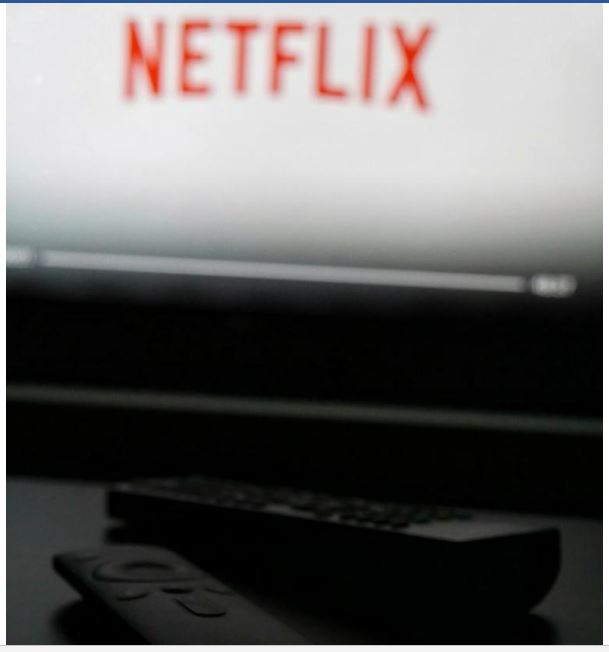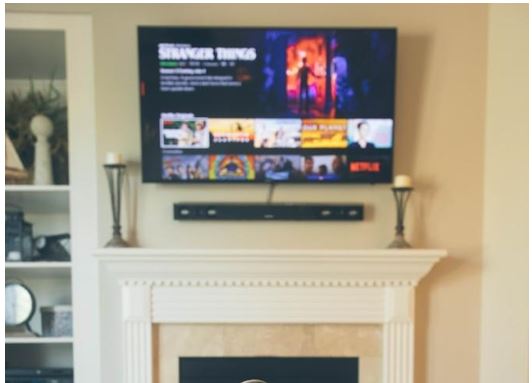Remember the days when Nielsen ratings were the holy grail of television success? Ah, those were simpler times. Nielsen, the arbiter of TV ratings, held the power to make or break a show. The higher the ratings, the happier the network executives. It was a straightforward affair – if your show had the numbers, you were golden.
Back then, the metric was based on a sample of households with Nielsen meters, providing a snapshot of what a relatively small group of people were watching. This led to some head-scratching moments when beloved shows were prematurely axed due to a lacklustre Nielsen performance.
Cue the collective sigh of indignation from fans of cult classics that were ahead of their time.
ENTER THE STREAMING REVOLUTION: GOODBYE, NIELSEN, HELLO, DATA ANALYTICS
Fast forward to the streaming era, where binge-watching became the norm, and Netflix transformed from a DVD-by-mail service to a streaming behemoth. Suddenly, the traditional Nielsen ratings seemed outdated. Streaming platforms like Netflix, Hulu, and Amazon Prime Video were tight-lipped about their viewership numbers, leaving us in the dark about the true popularity of our favorite shows.
However, this secrecy didn’t last long. Netflix, in a surprising turn of events, started sharing a bit more information. While still not as transparent as traditional networks, the streaming giant began releasing select viewership data, giving us a glimpse into the mysterious world of streaming metrics.
Who knew that “Stranger Things” had been watched by so many people in the Upside Down of binge-watching?
THE RISE OF DATA-DRIVEN DECISION-MAKING: ALGORITHMS AND RECOMMENDATION ENGINES

In this brave new world of TV series consumption, algorithms and recommendation engines emerged as the unsung heroes. Streaming platforms became adept at using data analytics to understand viewer preferences and serve up personalized recommendations.
If you’ve ever found yourself spiralling down the rabbit hole of “recommended for you” shows, you’ve experienced the magic of algorithms. They analyze your viewing history, discern your preferences, and, voila, present you with a list of shows that you’re likely to devour with gusto.
Yes, algorithm, I do want to watch a show about time-travelling physicists and their quirky adventures.
THE SOCIAL MEDIA EFFECT: HASHTAGS, MEMES, AND INSTANTANEOUS FEEDBACK
Social media turned into the water cooler of the digital age, transforming the way we discuss, dissect, and devour TV series. The advent of hashtags and memes gave birth to a new form of instant feedback. Fans could now express their love (or disdain) for a show in real-time, creating a virtual community of like-minded enthusiasts.
Raise your hand if you’ve ever been personally victimized by a TV series finale.
The influence of social media on TV series and movie ratings has become undeniable. Beyond traditional metrics like Nielsen ratings, platforms like Twitter and Instagram wield significant power in shaping cultural perceptions.
You have the opportunity to amplify your voice and contribute to this cultural conversation by sharing your insights with a vast audience on Instagram. Elevate your online presence and expand your reach by visiting SocialWick. Take your place in the cultural landscape and let your opinions resonate.
THE UNRAVELING MYSTERY OF STREAMING NUMBERS: A PEEK BEHIND THE CURTAIN
As streaming services realized the importance of transparency in an era where viewers craved data, they started lifting the veil on their viewership metrics. Netflix, for example, began releasing weekly lists of its most-watched shows, giving us a taste of which series were dominating the global watchlists.
This newfound openness not only satisfied our curiosity but also provided creators with valuable insights. They could now gauge the success of their work based on more than just anecdotal evidence or critical acclaim.
Thank you, streaming gods, for letting us peek at the numbers and confirming that everyone else is just as obsessed with true crime documentaries as I am.
THE GLOBAL IMPACT: INTERNATIONAL SERIES AND CROSS-CULTURAL APPEAL
The evolution of TV series ratings is not limited to a single country or region. The global accessibility of streaming platforms has given rise to international hits with cross-cultural appeal. Shows like “Money Heist” (La Casa de Papel) and “Dark” proved that compelling storytelling knows no borders.
Streaming platforms, with their vast libraries of content from around the world, have turned us into global citizens of the TV realm. Subtitles are no longer a barrier but a welcome invitation to explore the rich tapestry of storytelling from different cultures.
Who needs sleep when there are gripping international series waiting to be binged?
THE HYBRID MODEL: BROADCAST MEETS STREAMING
As if the TV series landscape couldn’t get more dynamic, a hybrid model emerged, blurring the lines between traditional broadcast and streaming. Networks began offering their shows on both linear TV and streaming platforms, giving viewers the flexibility to choose how, when, and where they consumed their favourite series.
This hybrid approach not only catered to the diverse viewing habits of audiences but also allowed networks to adapt to the changing landscape of TV consumption.
LOOKING AHEAD: THE FUTURE OF TV SERIES RATINGS
As we stand on the precipice of a new era in television, it’s clear that the evolution of TV series ratings and viewership metrics is far from over. The traditional Nielsen ratings, once the undisputed king, now share the throne with streaming data, social media trends, and global viewership metrics.
The future promises even more innovation in how we measure the success of a TV series. With the advent of virtual reality, interactive storytelling, and the continued global expansion of streaming services, the metrics we use today might seem quaint in just a few short years.
Brace yourselves, fellow binge-watchers, for the next wave of TV series evolution is upon us.
In conclusion
the journey through the evolution of TV series ratings and viewership metrics has been nothing short of a rollercoaster ride. From the simplicity of Nielsen ratings to the complexity of algorithms and global viewership, we’ve witnessed a transformation that mirrors the ever-changing landscape of our digital age.
As we continue our binge-watching escapades, let’s raise a virtual toast to the storytellers, creators, and platforms that have made this journey so enthralling. Here’s to the series that keep us glued to our screens and the ever-evolving metrics that help us navigate the vast sea of content. Until next time, happy watching, my fellow TV aficionados!

